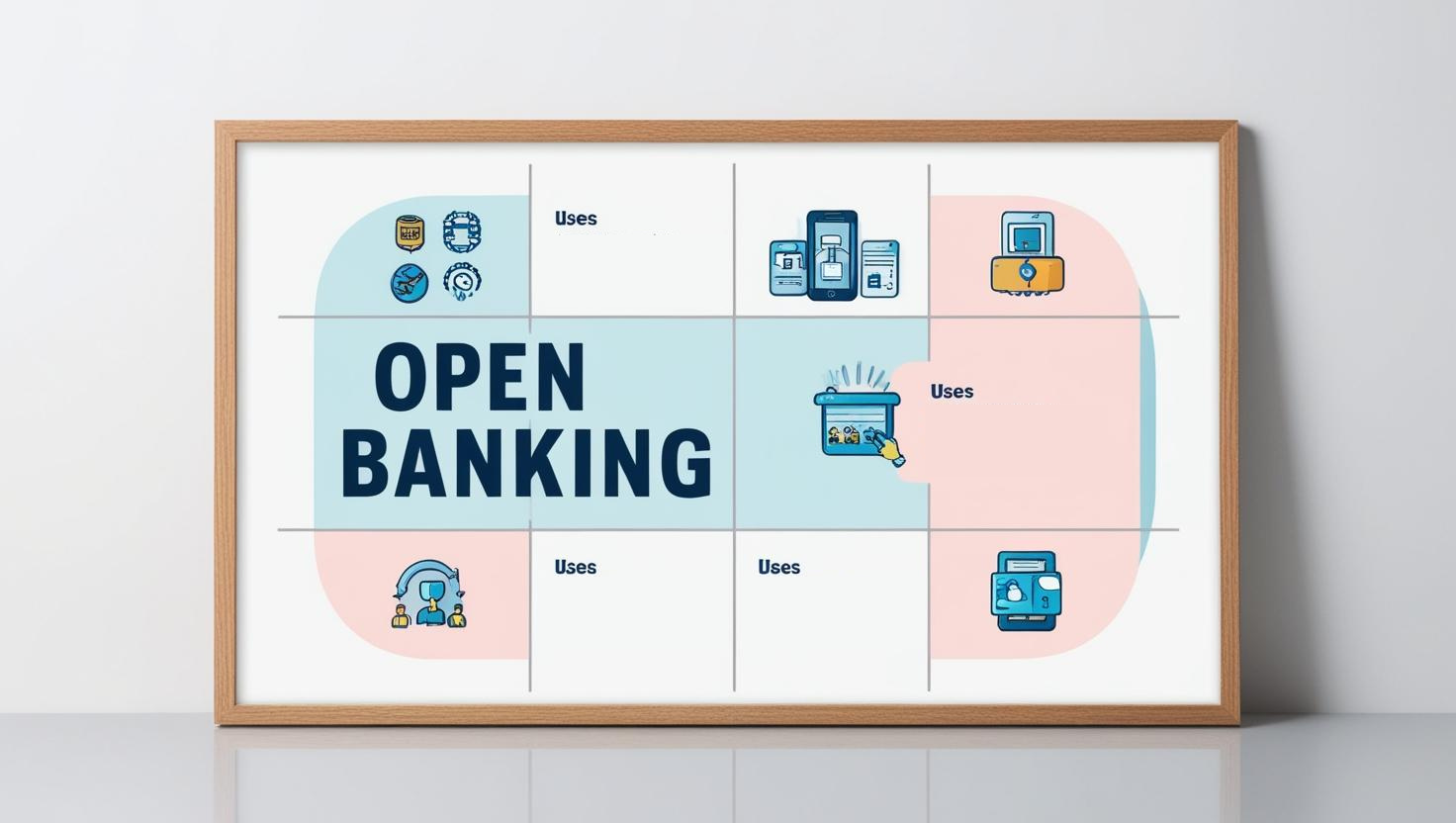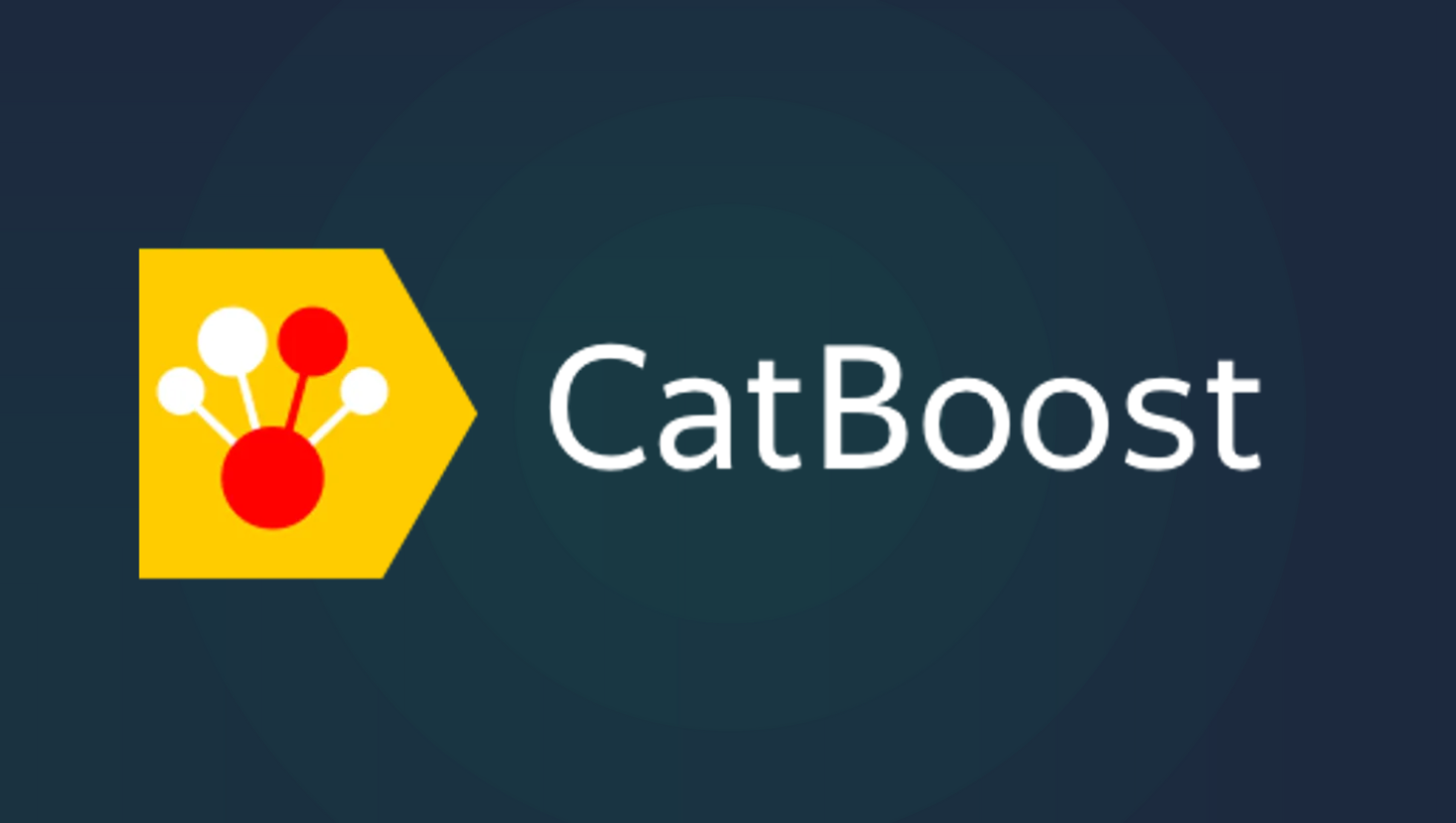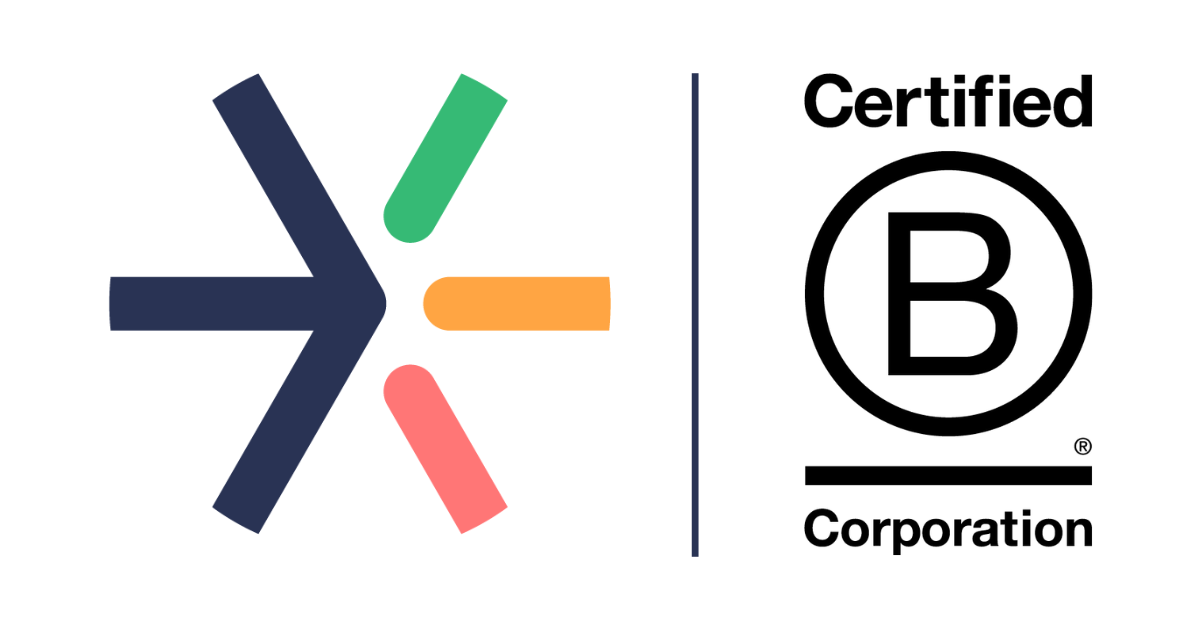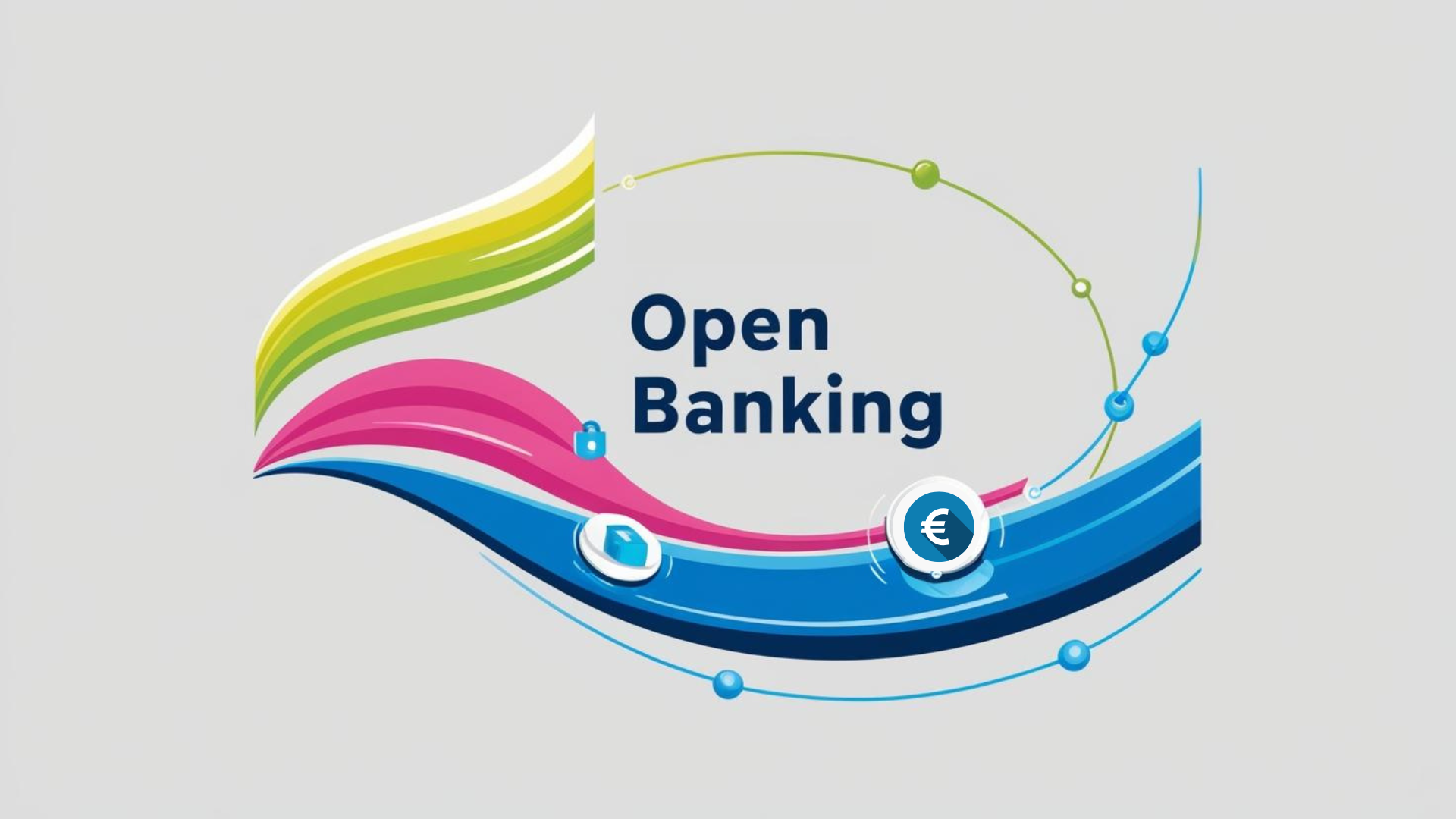Open Banking in Europe: a financial revolution
What is open banking?
Open Banking, a concept born from the European Union Payment Services Directive (DSP2), has been introduced to stimulate competition, promote innovation and strengthen consumer protection.
This regulation requires that financial institutions share the financial data of their customers with approved third parties, subject to their consent.
Over the years, open banking has evolved to include new security requirements, thus guaranteeing data confidentiality and fraud protection. These advances have enabled the gradual development of open banking uses, now integrated into many economic services and sectors.
How can Open Banking be used?
At Meelo, Open Banking transforms the way you interact with your finances, emphasizing simplicity and transparency.
Thanks to our intuitive platform, you can aggregate all your financial data in one place, offering you a clear and real -time vision of your financial situation.
This allows you not only to follow your expenses, develop personalized budgets and optimize your investments, but also to benefit from tailor -made financial recommendations, designed to help you achieve your financial objectives with confidence.
Precision of solvency scores thanks to categorization
One of the Open Banking's major forces lies in its ability to precisely categorize consumer expenses and income.
The more the data is granular, the more the solvency from this data is reliable. This precision allows lenders to better assess credit risk, personalize loan offers and reduce default rates.
At Meelo, 90 % of the data is categorized thanks to a sequence of several owner algorithms combining business rules, artificial intelligence and enrichments via open data.
Who uses open banking?
Open Banking, a real revolution in the financial sector, attracts an increasing diversity of stakeholders, going far beyond traditional banking players.
At the top of the line, neobanques and fintechs use this innovation to offer personalized financial services and take advantage of open APIs, allowing optimized management of personal finances.
Consumers, always more in search of agile and transparent solutions, enthusiastically adopt these new offers which offer them increased control and an overview of their bank accounts.
SMEs and large companies, on the other hand, turn to open banking to automate their accounts and improve their cash management.
Even traditional banks, initially reluctant, embrace this trend to remain competitive, by integrating third -party employment services and by promoting collaborative innovation.
In this effervescence ecosystem, open banking redefines standards and opens up new perspectives for all those who wish to benefit from the advantages of open and connected finance.
Open Banking uses: concrete examples and sectoral applications
E-commerce :
Faster payments : The integration of open banking allows e-commerce platforms to offer direct payment options from the bank account, reducing transaction time. For example, instead of entering the details of the credit card, a customer can simply authorize direct payment from their banking application.
Simplified identity checks : For a new customer, open banking can speed up the identity verification process using already verified banking data, reducing fraud and risk for the merchant.
Credit financing :
More precise solvency assessments : lenders can access a customer's financial data to have a better understanding of their solvency, allowing more informed loan decisions. For example, instead of based only on the credit score, a lender can analyze real cash flows to assess the reimbursement capacity.
Recovery :
Access to real -time financial information : recovery agencies can use open banking data to understand the current financial situation of the debtor, allowing a more targeted and effective approach in recovery strategies.
Rental and real estate :
Verification of tenants : The owners can use open banking to quickly check the solvency of potential tenants, by accessing for example to their account statements to confirm their regular income.
Simplification of mortgage loan processes : banks and financial institutions can use accessible data via open banking to accelerate the assessment and approval of real estate loans, having direct access to the applicant's financial information.
Simple or continuous access access: What choice to make?
When it comes to accessing customer financial data, companies must decide between simple access and continuous access.
Simple access makes it possible to have visibility on all of the customer's banking transactions, but this visibility is only offered once, at the customer's request.
On the other hand, continuous access allows continuous access to data for a period of 180 days , thus offering prolonged visibility, for example after the granting of a credit.
However, this mode has a drawback: maintaining the active connection generates additional costs.
The choice between these two approaches depends on the specific needs of the company, the considerations in terms of security and confidentiality, as well as the available budget.
Each has advantages and disadvantages to be taken into account.
The 7 reasons to integrate Open Banking continuously Access into your customer journeys with Meelo
Highlighting of the moment payment
The Instant Payment , an innovation from open banking, is a powerful tool that supports our commitment to Meelo for fairer and accessible funding.
Although the open banking process can be slightly longer than a payment by card, the Instant Payment has key advantages: it is simple to use, does not require a physical card, and is carried out directly via the smartphone.
In addition, the transaction is instantaneous, allowing the merchant to receive the money immediately, unlike card payments which can take 24 to 48 hours .
Finally, the Instant Payment is irrevocable, ensuring that strong authentication prevents any dispute of the transaction by the customer to his bank.
Consumer financial inclusion
Facilitating daily transactions : The Instant Payment allows individuals to manage their personal finances with more efficiency and autonomy, by making money transfers with immediate friends or family members without hassle.
Consumer empowerment : This technology promotes financial autonomy by allowing immediate purchases, thus supporting responsible and informed financial decisions.
Support for ethical businesses
Fair payments for suppliers : We encourage companies to use the Payment moment to ensure fair and transparent transactions with their suppliers, thus promoting ethical commercial practices.
Eco -responsible cash management : This innovation supports more responsible and provident cash management, aligned with the principles of sustainable development.
Electronic trade transformation
Online ethical transactions : The Instant Payment allows e-merchants to offer an improved customer experience while joining ethical and transparent business practices.
Reduction of environmental impact : by accelerating transactions, we minimize the ecological footprint associated with traditional payment processes.
More inclusive real estate sector
Fair real estate transactions : The use of the Instant Payment for Guarantee deposits reinforces confidence and equity in real estate transactions, ensuring total transparency.
Support for committed real estate agents : rapid commission payments promote fair and timely remuneration for professionals in the sector.
Accessible and responsible funding
Instant loans for all : we facilitate access to instant loans, emphasizing financial inclusion and help in the event of an emergency.
Conscious debt management : Instant reimbursements allow traders to immediately recover funds, which facilitates the recovery process. When a customer owes an amount, these instant payments provide a quick refund, thus offering a solution to recover the money due without delay.
In conclusion
Open Banking is a major change catalyst in the European financial sector.
Its constantly evolving regulations, its ability to improve the accuracy of solvency scores, as well as its many practical applications in various sectors make it an essential subject.
The choice between simple or continuous access remains a challenge for businesses, while Payment promises to revolutionize financial transactions more.
Open Banking is much more than a simple regulatory evolution: it is a revolution that continues to redefine our way of managing and using money.



